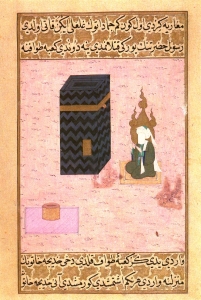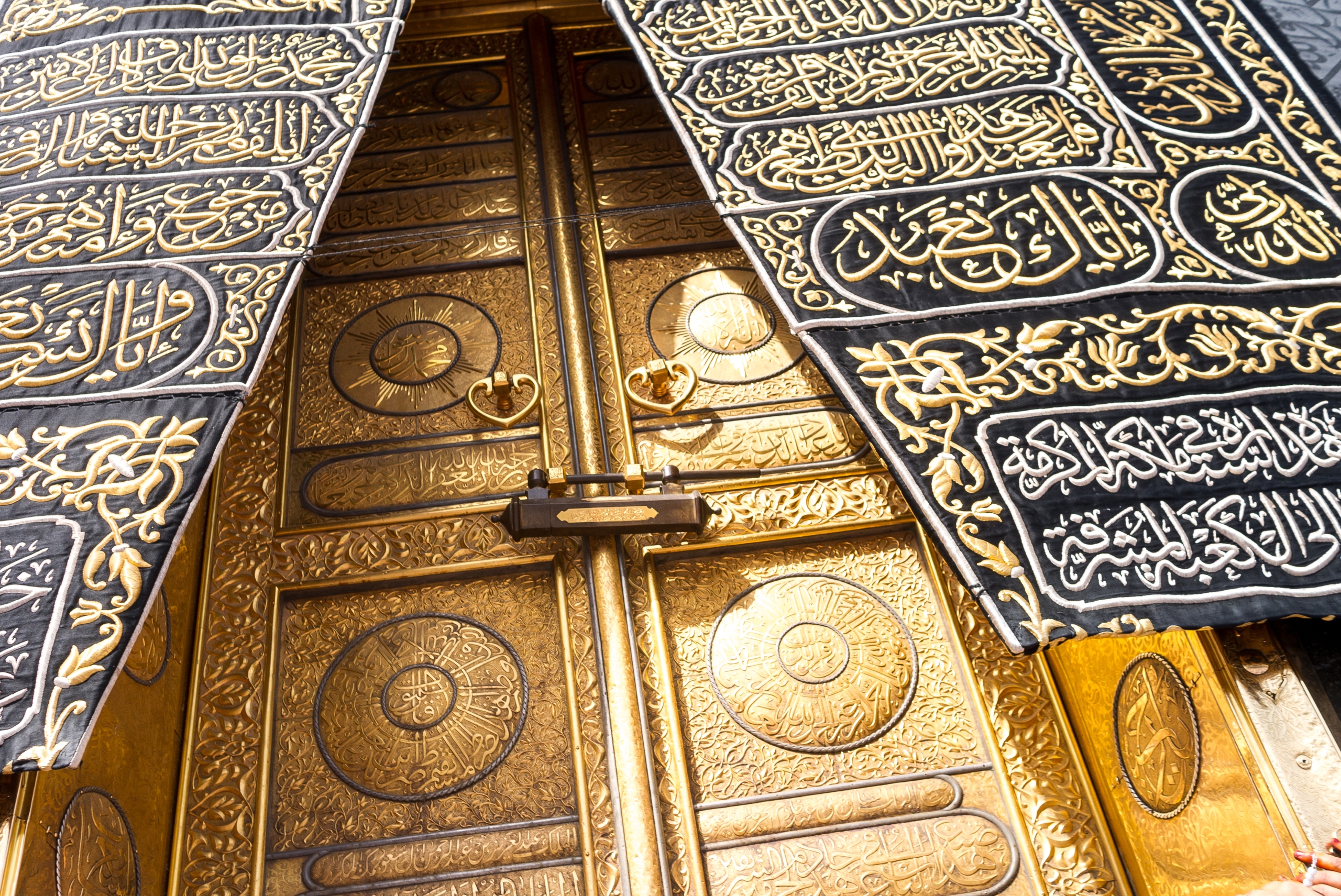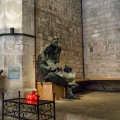The Kaaba, now the spiritual center of Islam, holds a long history of religious significance predating the advent of Islam. Before its association with monotheism, the Kaaba was a focal point of Arabian polytheistic practices and tribal traditions. This pre-Islamic heritage provides essential context for understanding the site’s transformation into its modern role as the qibla for Muslims worldwide.
The Kaaba in pre-Islamic Arabia
In pre-Islamic times, the Kaaba served as a sacred sanctuary (haram) for the polytheistic tribes of the Arabian Peninsula. While its exact origins remain unclear, early records suggest the Kaaba was revered as a shrine connected to the heavens, embodying a sense of sacredness rooted in the natural environment. It became a unifying cultural and spiritual hub, offering a neutral space for tribes to engage in trade, settle disputes, and perform shared rituals.
Idols and polytheistic worship

At the heart of the Kaaba’s pre-Islamic function was its role as a house for idols. Historical accounts describe it as housing over 360 idols representing the diverse deities venerated by different tribes. These included:
- Hubal: Often regarded as the chief deity of the Kaaba, Hubal was a deity associated with divination. A statue of Hubal made of red agate stood inside the Kaaba, and rituals involving divinatory arrows were performed in its presence.
- Al-Lat, Al-Uzza, and Manat: These three goddesses were prominent in Arabian polytheism and often associated with fertility, protection, and fate. They were widely revered and had their own shrines across the peninsula, but their connection to the Kaaba added to its religious prestige.
- Other Tribal Deities: The Kaaba also housed smaller idols representing specific tribal gods, underscoring its role as a pan-tribal sanctuary.
Worship at the Kaaba involved offerings, prayers, and rituals aimed at securing favor from the gods, seeking guidance, and ensuring prosperity. The diversity of deities clearly showed the fragmented nature of Arabian tribal society before Islam, where each tribe maintained its own pantheon, the Kaaba being one of the few shared symbols of reverence and identity.
The Kaaba as a pilgrimage site
The Kaaba’s sacred status made it a major pilgrimage destination even before Islam. Pre-Islamic pilgrimage included rituals such as:
- Tawaf: Circumambulating the Kaaba, a practice that was later integrated into Islamic tradition.
- Animal Sacrifice: Offered to idols as a means of gaining divine favor.
- Ritual Cleansing: Pilgrims performed acts of purification, often at the nearby Zamzam Well, which was also considered sacred.
The pilgrimage season coincided with fairs and markets, making it an occasion for spiritual activities but also for economic and cultural exchange. The Quraysh tribe, which controlled Mecca, benefited significantly from the Kaaba’s role, both financially and politically.
The sacred status of Mecca
The Kaaba’s location in Mecca further enhanced its importance. Mecca was considered a haram, a sacred area where acts of violence were prohibited. This made it a safe haven for tribes to negotiate, trade, and worship without fear of conflict. The Quraysh tribe’s stewardship of the Kaaba conferred upon them significant prestige, allowing them to mediate disputes and exert influence across the region.
Symbolism and connection to the Heavens
The Kaaba’s structure and rituals likely reflected early Arabian cosmology. Its cuboid shape and orientation were seen as linking the earthly and the divine. The veneration of celestial bodies, common in Arabian polytheism, may have influenced the rituals performed there. Some scholars suggest that the Black Stone, embedded in the Kaaba, held cosmic or astrological significance in pre-Islamic practices, symbolizing a connection to the heavens.
Transition under Islam

The rise of Islam in the 7th century CE transformed the Kaaba’s role from a polytheistic sanctuary to the center of monotheistic worship. When Muhammad and his followers retook Mecca in 630 CE, the idols housed within the Kaaba were destroyed, and it was rededicated to the worship of Allah alone.
While Islam redefined the purpose of the Kaaba, many of its pre-Islamic rituals and symbols were retained but given new meaning. The practice of tawaf, for example, continued as an act of devotion to Allah. The Zamzam Well, previously associated with pre-Islamic purification rituals, became linked to the Islamic narrative of Hagar and Ishmael.
Legacy of the pre-Islamic Kaaba
The Kaaba’s pre-Islamic heritage highlights its role as a cultural and spiritual touchstone long before Islam. Its ability to bring together disparate tribes and serve as a site of shared reverence set the stage for its later function as a unifying symbol in Islam. The transition from polytheism to monotheism at the Kaaba reflects broader shifts in Arabian society, marking the end of tribal divisions and the rise of a new religious and cultural order.
Today, the Kaaba stands as a testament to continuity and transformation, connecting ancient Arabian traditions with the spiritual practices of millions around the world. Its layered history offers a rich narrative of adaptation and enduring significance.
The Kaaba: its Abrahamic significance and centrality in Islam





